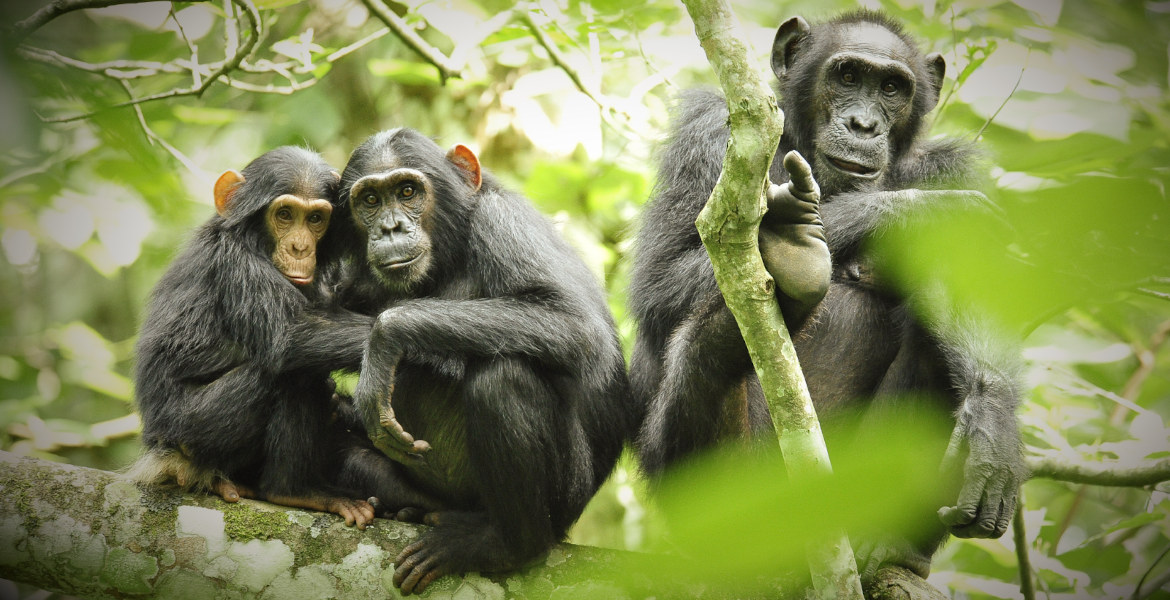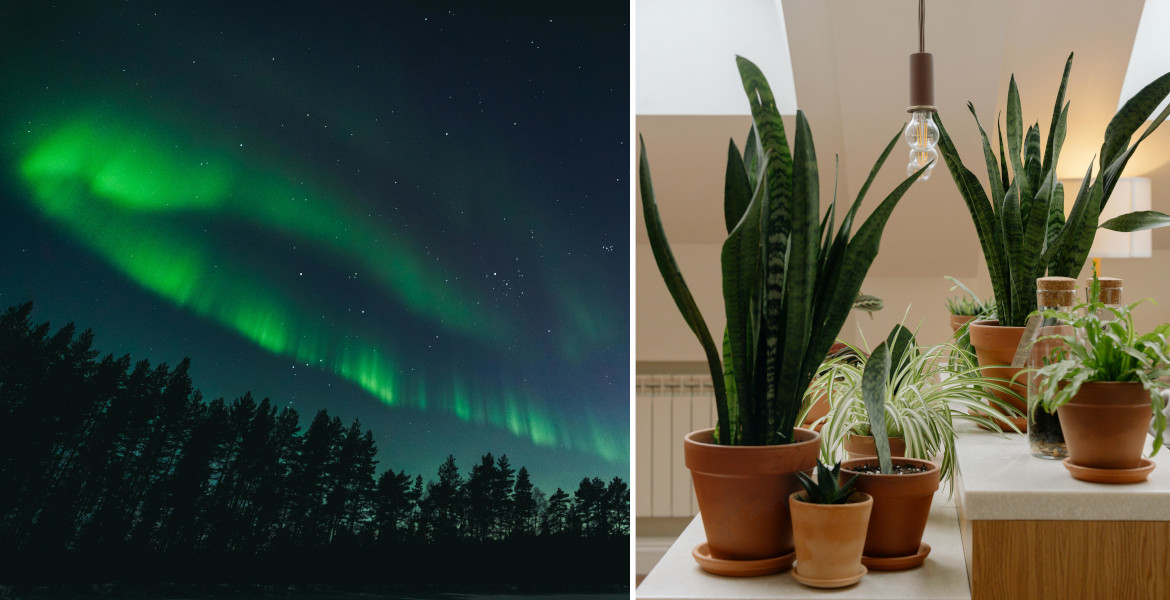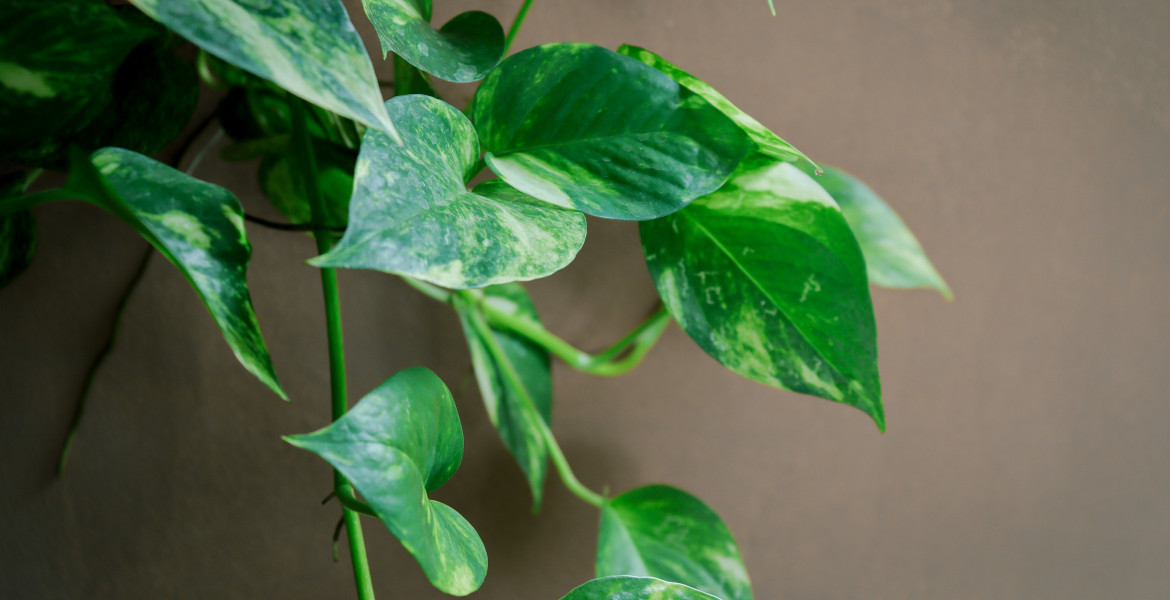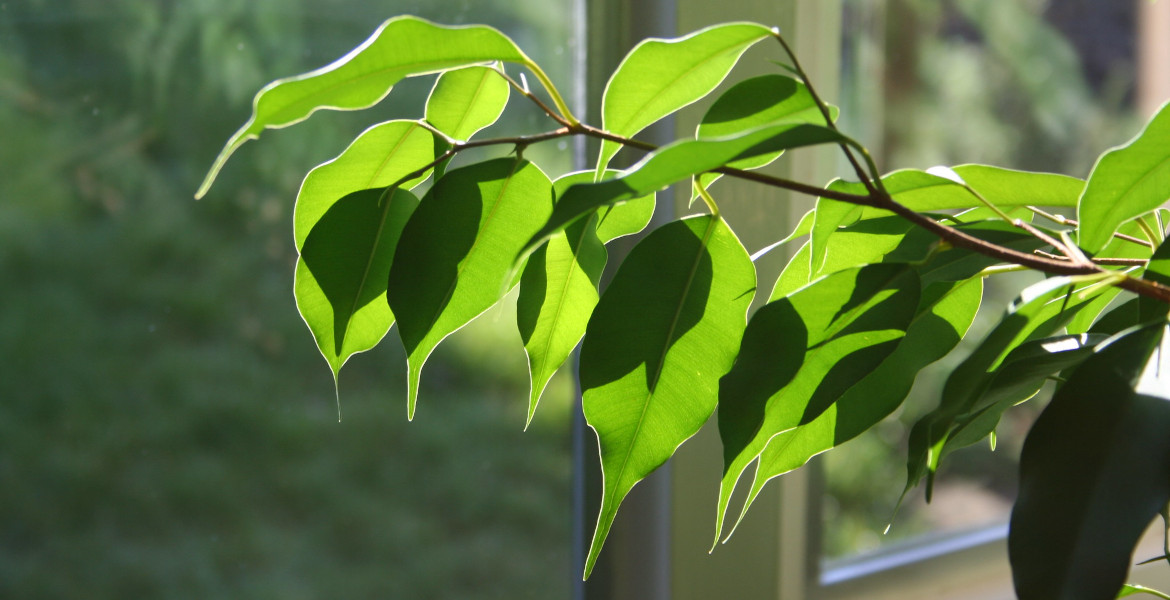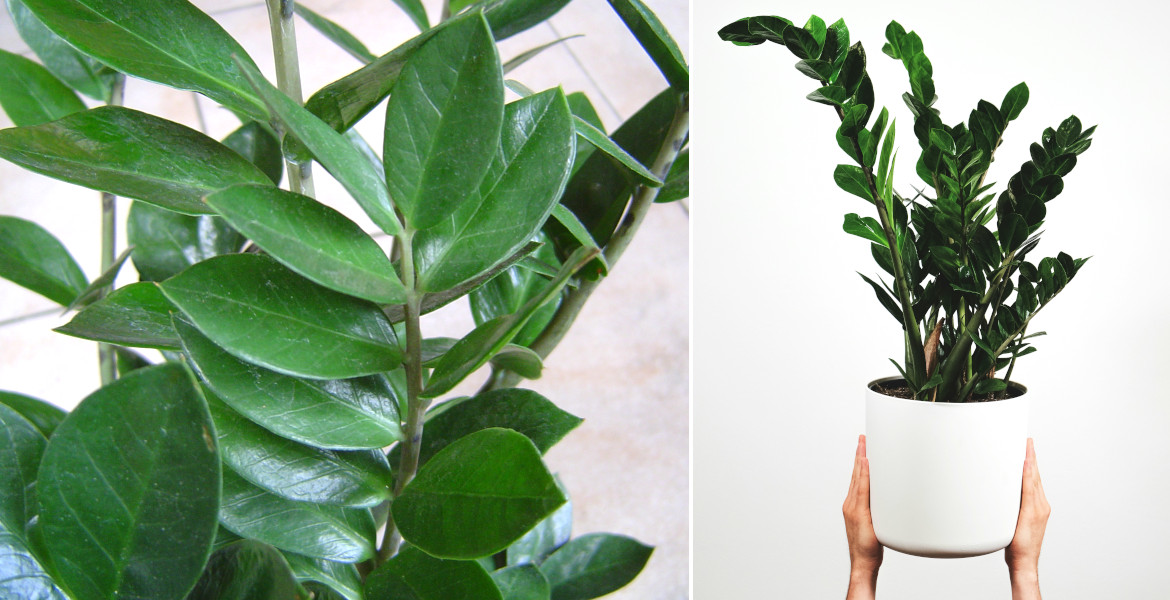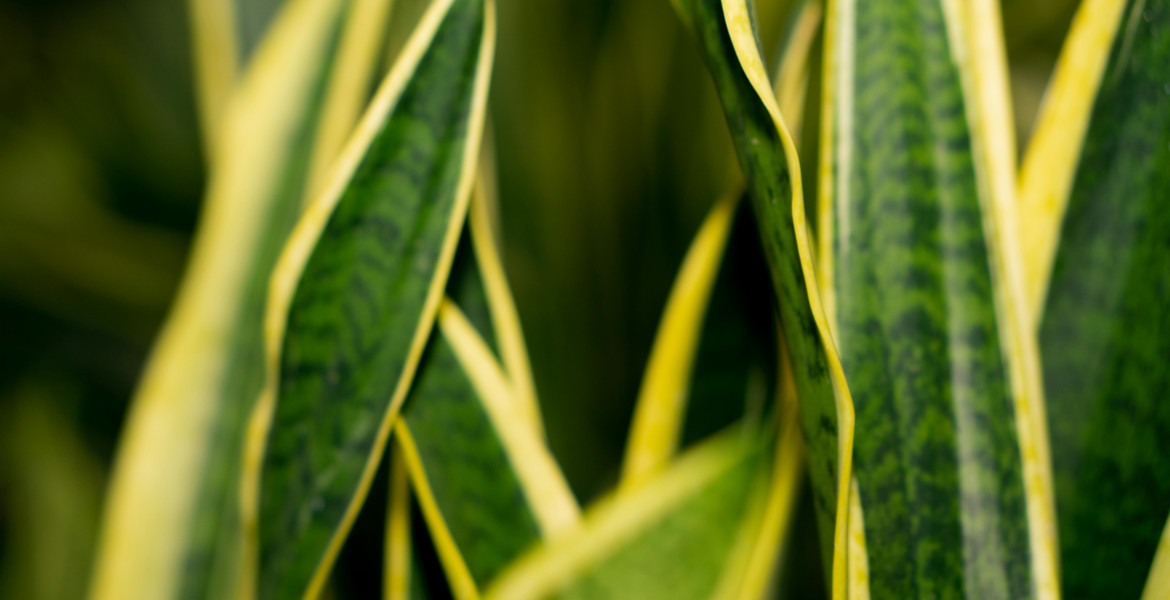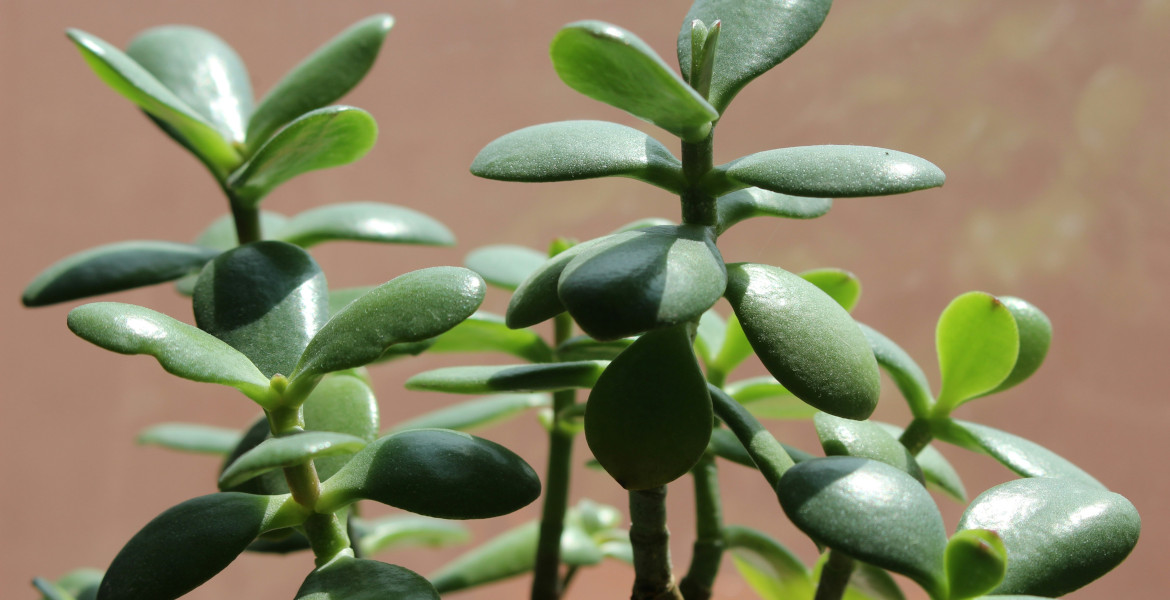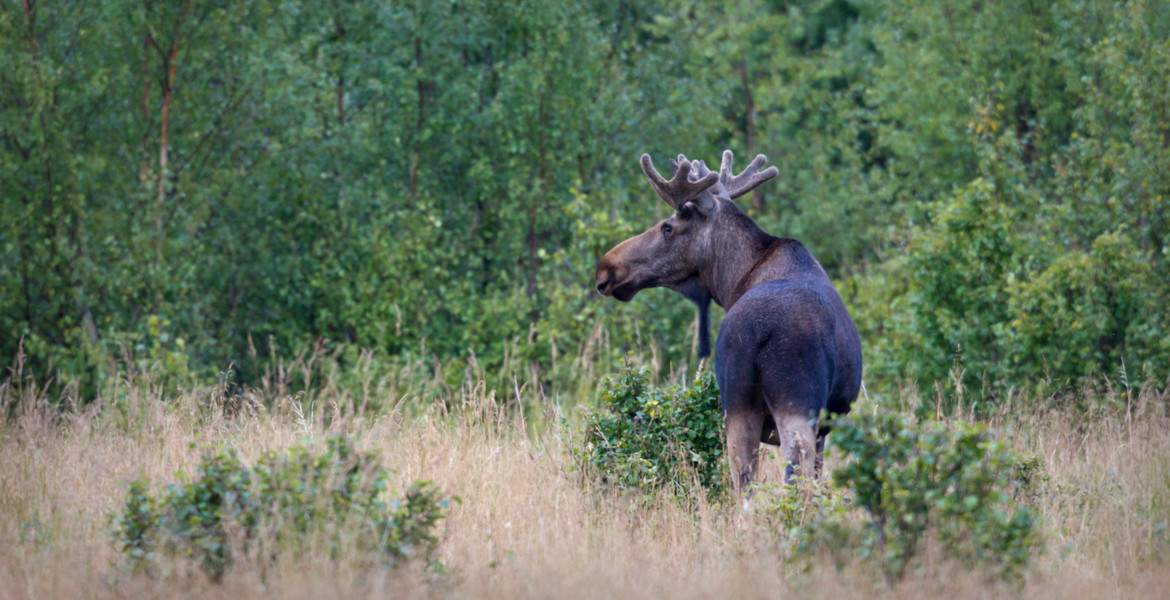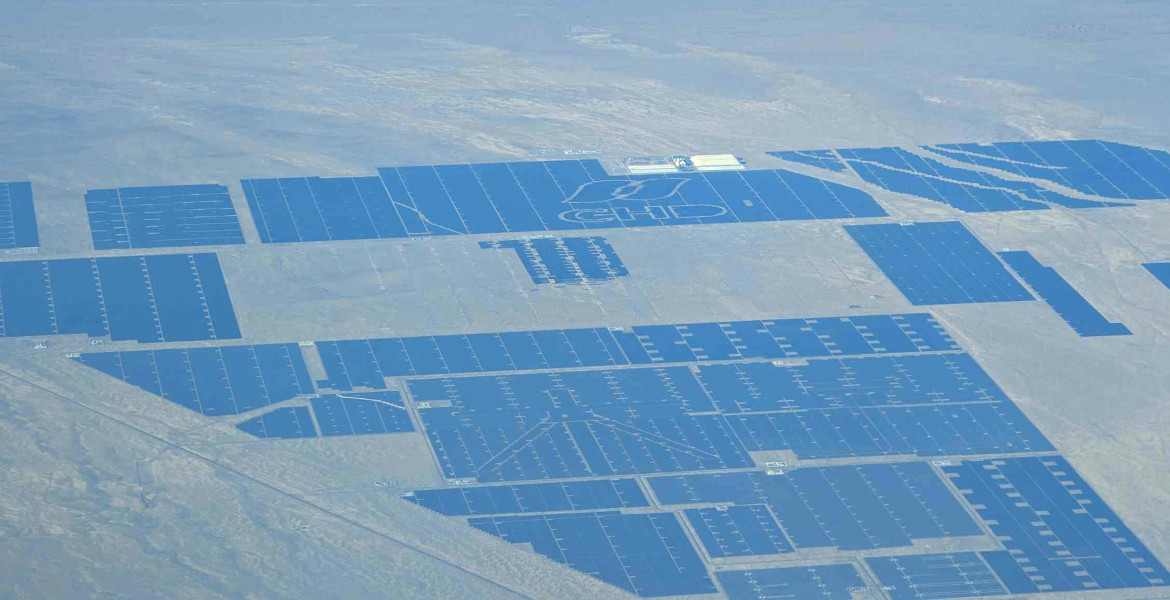Chimpanzees in Uganda's Budongo Forest not only treat their own injuries with plants – they also apply plant material to each other's wounds.
A new study from the University of Oxford shows a high level of empathy among the animals, and the researchers hope that the chimpanzees' knowledge could also lead to breakthroughs in human natural medicine.
With the support of local research teams, behaviors have been filmed in which chimpanzees chew plant material and apply it to wounds - sometimes on themselves, sometimes on other individuals in the group. One particularly moving example shows a young female gently applying chewed leaves to her mother's wound.
– There was a whole behavioural repertoire that chimpanzees use when they're sick or injured in the wild - to treat themselves and to maintain hygiene, lead researcher Elodie Freymann told the British state broadcaster BBC, continuing:
– The chimpanzees dab them on their wounds or chew the plants up, and then apply the chewed material to the open injury.
The researchers also noted that nurturing behaviors occurred even between unrelated individuals – a pattern considered to point to an advanced emotional intelligence in the monkeys.
The findings are complemented by older field notes from the 1990s, in which chimpanzees were documented helping each other remove snares from their legs. In another record, leaves were used as "toilet paper" – a hygiene action clearly reminiscent of human behavior.
Natural antibiotics in the jungle
Previous research has shown that chimpanzees actively seek out specific plants when they are injured. Laboratory analysis of these plants has confirmed that many have antibacterial properties.
– The more we learn about chimpanzee behaviour and intelligence, the more I think we come to understand how little we as humans actually know about the natural world, Freymann continues.
The findings could be valuable for future medical research. Studies of other monkeys, such as a wild orangutan that healed a facial wound with chewed leaves, reinforce the theory that knowledge of natural medicine is widespread among primates.
– If I were plopped down here in this forest with no food and no medicine, I doubt that I'd be able to survive very long, especially if I were injured or sick. But chimpanzees thrive here because they know how to access the secrets of this place, and how to find all they need to survive from their surroundings, argues Freymann further.
